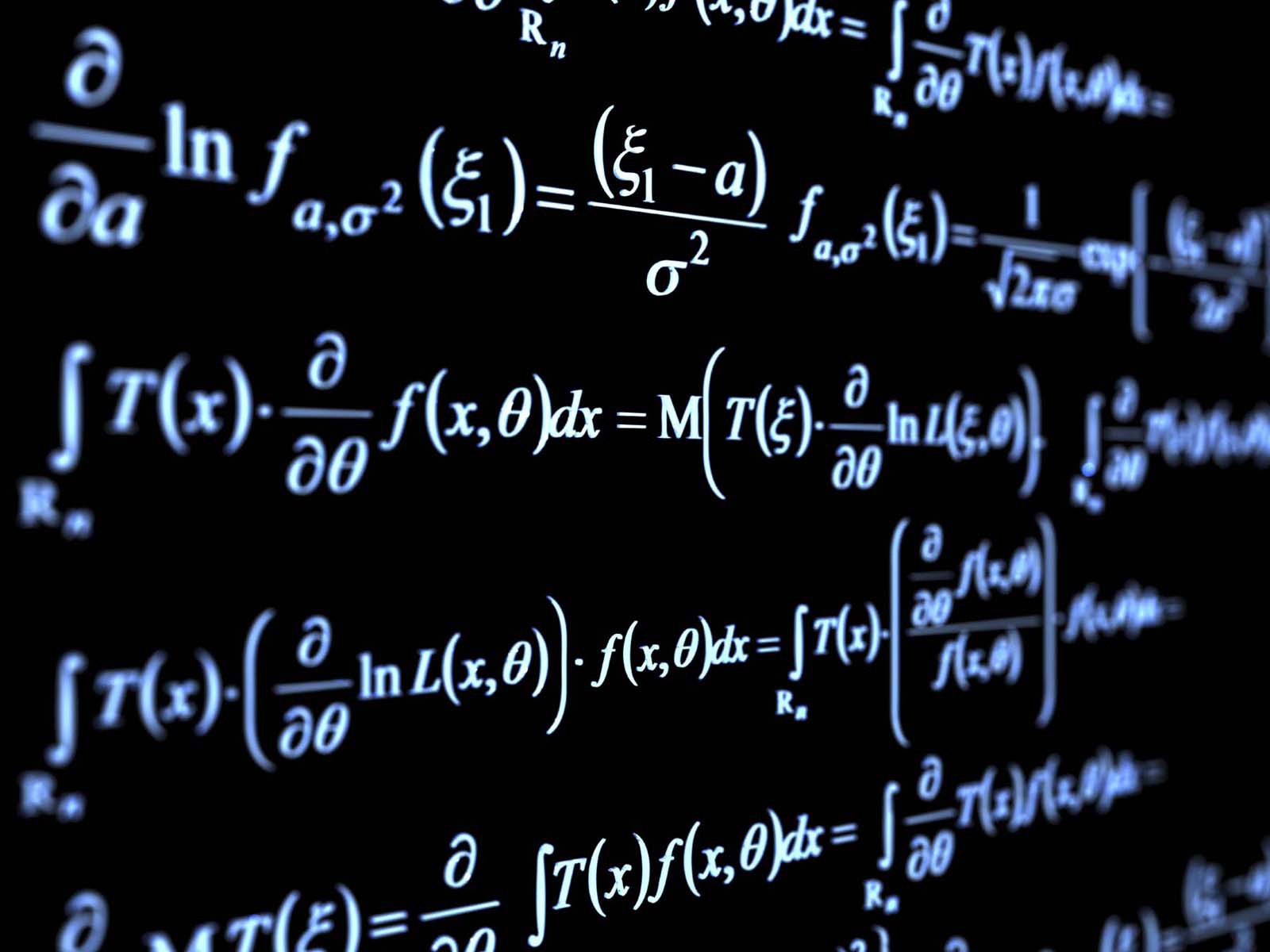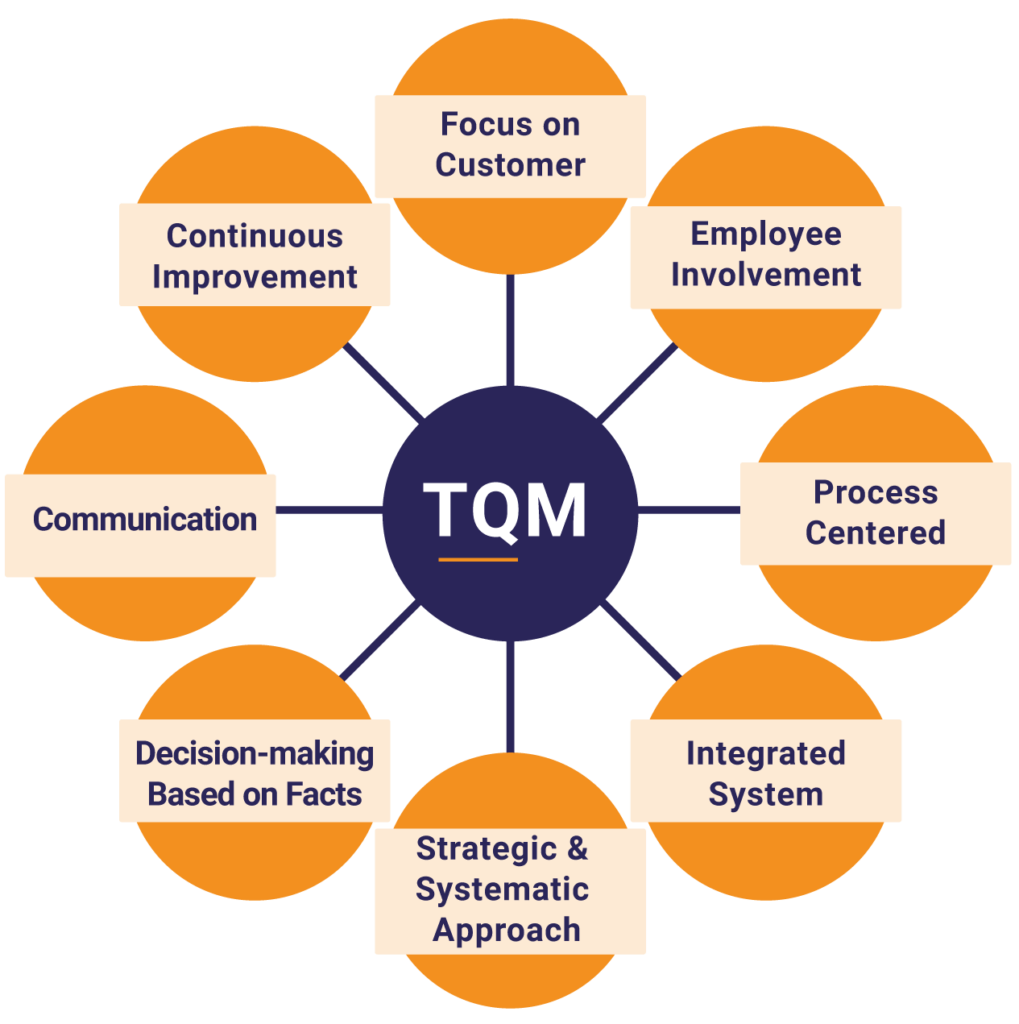SKEDSOFT

Basic Electrical Engineering
Electrical engineering is an engineering discipline concerned with the study, design and application of equipment, devices and systems which use electricity, electronics, and electromagnetism. It emerged as an identifiable occupation in the latter half of the 19th century after commercialization of the electric telegraph, the telephone, and electrical power generation, distribution and use.

Automobile Engineering
Automotive engineering, along with aerospace engineering and naval architecture, is a branch of vehicle engineering, incorporating elements of mechanical, electrical, electronic, software, and safety engineering as applied to the design, manufacture and operation of motorcycles, automobiles, and trucks and their respective engineering subsystems. It also includes modification of vehicles. Manufacturing domain deals with the creation and assembling the whole parts of automobiles is also included in it. The automotive engineering field is research -intensive and involves direct application of mathematical models and formulas.

Maths for Engineers - 1
Historically, engineering mathematics consisted mostly of applied analysis, most notably: differential equations; real and complex analysis (including vector and tensor analysis); approximation theory (broadly construed, to include asymptotic, variational, and perturbative methods, representations, numerical analysis)

Human Values & Prof. Ethics-1
Professional ethics encompass the personal and corporate standards of behavior expected by professionals. The word professionalism originally applied to vows of a religious order. By at least the year 1675, the term had seen secular application and was applied to the three learned professions: Divinity, Law, and Medicine. The term professionalism was also used for the military profession around this same time.

Operations Research
Operations research is a discipline that deals with the application of advanced analytical methods to help make better decisions. Further, the term operational analysis is used in the British military as an intrinsic part of capability development, management and assurance.

Quality Control Engineering
Quality engineering is the discipline of engineering concerned with the principles and practice of product and service quality assurance and control. In the software development, it is the management, development, operation and maintenance of IT systems and enterprise architectures with a high quality standard.

Six Sigma
Six Sigma is a set of techniques and tools for process improvement. It was introduced by American engineer Bill Smith while working at Motorola in 1986. Jack Welch made it central to his business strategy at General Electric in 1995.

Total Quality Management (TQM)
Total quality management consists of organization-wide efforts to "install and make permanent climate where employees continuously improve their ability to provide on demand products and services that customers will find of particular value.

Maths for Engineers - 2
Historically, engineering mathematics consisted mostly of applied analysis, most notably: differential equations; real and complex analysis (including vector and tensor analysis); approximation theory (broadly construed, to include asymptotic, variational, and perturbative methods, representations, numerical analysis)

Physics for Engineers - 2
Engineering physics, or engineering science, refers to the study of the combined disciplines of physics, mathematics, biology, social science, and engineering, particularly computer, nuclear, electrical, electronic, aerospace, materials or mechanical engineering.

Maths for Engineers - 3
Historically, engineering mathematics consisted mostly of applied analysis, most notably: differential equations; real and complex analysis (including vector and tensor analysis); approximation theory (broadly construed, to include asymptotic, variational, and perturbative methods, representations, numerical analysis)

Graph Theory
In mathematics, graph theory is the study of graphs, which are mathematical structures used to model pairwise relations between objects. A graph in this context is made up of vertices (also called nodes or points) which are connected by edges (also called links or lines).

Physics for Engineers - 1
Engineering physics, or engineering science, refers to the study of the combined disciplines of physics, mathematics, biology, social science, and engineering, particularly computer, nuclear, electrical, electronic, aerospace, materials or mechanical engineering.

Control Systems - 1
A control system manages, commands, directs, or regulates the behavior of other devices or systems using control loops. It can range from a single home heating controller using a thermostat controlling a domestic boiler to large Industrial control systems which are used for controlling processes or machines.

Neural Network & Fuzzy Systems
Fuzzy logic is a form of many-valued logic in which the truth values of variables may be any real number between 0 and 1 both inclusive. It is employed to handle the concept of partial truth, where the truth value may range between completely true and completely false. By contrast, in Boolean logic, the truth values of variables may only be the integer values 0 or 1.
Real Time Systems
A real-time operating system (RTOS) is an operating system (OS) intended to serve real-time applications that process data as it comes in, typically without buffer delays. Processing time requirements (including any OS delay) are measured in tenths of seconds or shorter increments of time. A real-time system is a time-bound system which has well-defined, fixed time constraints.

Automata | Comp. Sc. Engg.
Automata theory is the study of abstract machines and automata, as well as the computational problems that can be solved using them. It is a theory in theoretical computer science. The word automata (the plural of automaton) comes from the Greek word αὐτόματα, which means "self-making".

Data Mining & Data Warehousing
In computing, a data warehouse (DW or DWH), also known as an enterprise data warehouse (EDW), is a system used for reporting and data analysis, and is considered a core component of business intelligence.

Numerical Methods
Numerical analysis is the study of algorithms that use numerical approximation (as opposed to symbolic manipulations) for the problems of mathematical analysis (as distinguished from discrete mathematics). Numerical analysis naturally finds application in all fields of engineering and the physical sciences, but in the 21st century also the life sciences, social sciences, medicine, business and even the arts have adopted elements of scientific computations.

Mechatronics
Mechatronics, which is also called mechatronic engineering, is a multidisciplinary branch of engineering that focuses on the engineering of both electrical and mechanical systems, and also includes a combination of robotics, electronics, computer, telecommunications, systems, control, and product engineering.

Artificial Intelligence
In computer science, artificial intelligence (AI), sometimes called machine intelligence, is intelligence demonstrated by machines, in contrast to the natural intelligence displayed by humans and animals. Leading AI textbooks define the field as the study of "intelligent agents": any device that perceives its environment and takes actions that maximize its chance of successfully achieving its goals.

Design Analysis of Algorithm
In computer science, the analysis of algorithms is the process of finding the computational complexity of algorithms – the amount of time, storage, or other resources needed to execute them. Usually, this involves determining a function that relates the length of an algorithm's input to the number of steps it takes (its time complexity) or the number of storage locations it uses (its space complexity).

Discrete Mathematics
Discrete mathematics is the study of mathematical structures that are fundamentally discrete rather than continuous. In contrast to real numbers that have the property of varying "smoothly", the objects studied in discrete mathematics – such as integers, graphs, and statements in logic – do not vary smoothly in this way, but have distinct, separated values.